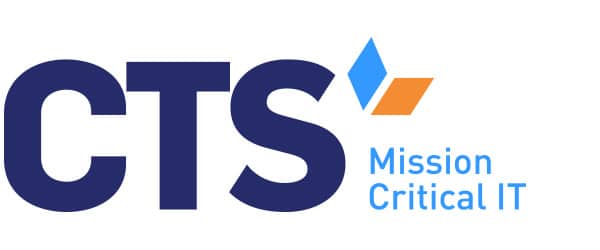Virtual reality has become one of the latest trends in educational technology.
“Virtual reality,” or VR, has become one of the latest buzzwords in educational technology. Travel to any EdTech conference or speak with any school technology specialist, and they’ll tell you VR is poised to impact daily classroom instruction in a way never before seen. Whether it’s virtual field trips or entire curricula built around virtual experiences, VR promises to expand opportunities for student learning. Virtual reality can give students a better sense of place when learning about unfamiliar cultures or time periods, provide opportunities for more self-directed learning and also improve content mastery for students who learn best by seeing and doing. Post-pandemic, VR and other educational technology products are poised to transform the classroom experience, expanding opportunities for teaching and learning and improving student achievement.
In social studies classes, virtual reality can give students a better sense of place.
First, virtual reality can give students a better sense of place when studying unfamiliar cultures or time periods. Rather than reading about a culture or time period in a book or watching an instructional video, students can actually “be” on-site through the use of VR technologies. One can imagine, for example, students traversing the Amazon rainforest during a lesson on climate change, walking down the National Mall to learn more about the civil rights movement, or even “visiting” a farm to learn more about life in rural America. Without virtual reality, students wouldn’t have access to a similar level of experiential learning and would, instead be restricted to what traditional instructional materials can provide.
VR technologies provide students with more opportunities for self-directed learning.
VR technologies also give students more opportunities for self-directed learning. Once they put on their headset and begin exploring, students can pick and choose different aspects of the virtual world with which to engage. A student interested in botany, for example, might gravitate toward the vine-y canopy of a tropical rainforest, while a budding geologist might closely examine the sand rocks beneath her feet on a virtual beach. VR’s capacity for instructional differentiation ultimately empowers students to “own” their content mastery. Once their headsets are on, students can have vastly different educational experiences through the use of VR, pulling out different strands of educational content based on their unique interests.
“Virtual field trips” give students learning opportunities they may otherwise lack.
VR can also give students and schools who may lack the logistical capacity to conduct regular field trips with opportunities for experiential learning. As with a social studies unit about a faraway culture or time period, VR can expose students to present-day phenomena outside the four walls of their classroom. Rather than issuing and collecting permission slips, arranging for chaperones, and ordering bagged lunches, schools can use VR to accomplish many of the same goals as traditional field trips, all while avoiding the logistical headaches and expense of traditional field trips.
VR can get students past writer’s block, creating a visceral experience they can use to craft compelling narratives.
For students who struggle with open-ended writing assignments, VR can kickstart their creativity in ways traditional instructional methods can’t. By exposing these learners to a rich, virtual environment, VR provides students with a deeply sensory context in which to ground their narratives. Rather than having to imagine what a geographic region looks like, for example, students can use their exposure to VR as a jumping-off point, yielding more detailed narratives than what the student could generate on their own.
More generally, visual learners will benefit from the introduction of VR.
Of course, more than any other group, visual learners will undoubtedly benefit from the introduction of VR. Confined to a desk for long stretches of time, forced to read small type printed on illustration-free pages, many students fail to master instructional content simply due to the way in which it’s presented. Virtual reality caters to these students’ unique needs by foregrounding the visual elements of classroom instruction. Rather than learning about a particular topic in the abstract, visual learners can harness the power of VR to access instructional content in a way they couldn’t previously.
At CTS, help schools use their technology resources to support student learning.
Comprised of former school instructional and operational leaders with decades of experience in educational technology, CTS helps schools harness the power of today’s (and tomorrow’s) technology to help schools accomplish their unique missions. From helping schools use the most of scarce resources, to planning for end-of-year close-out, to fulfilling an E-rate bid on time and under budget, our team has the experience and technical know-how to meet and exceed your school’s technology goals. Contact us today to learn more about our services and how we can help your school accomplish its unique mission.



